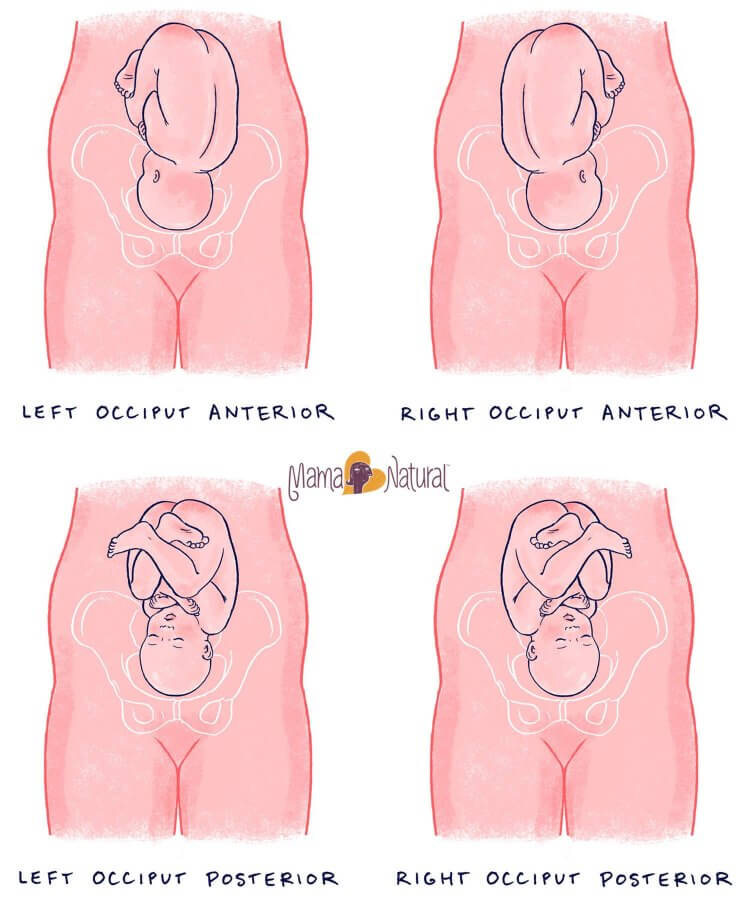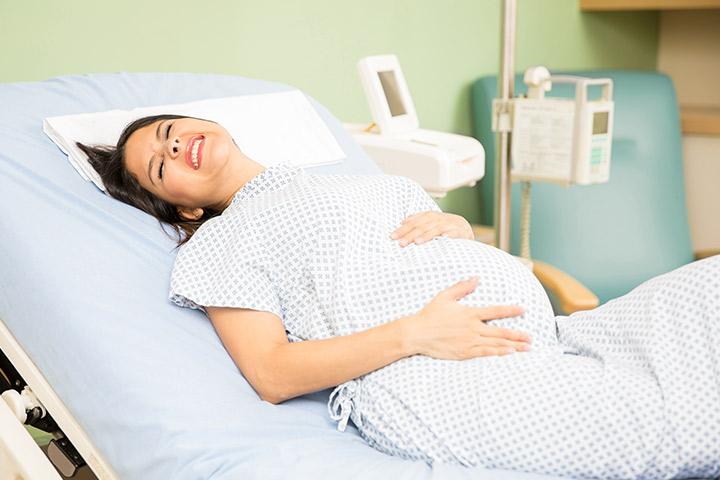
You may want to. In contrast moms say that back labor feels like a continuous strong pain focused on your back.

Back pain is not a sign of going into labor.
Does back pain mean labor is starting. If back labor is caused by your baby being sunny-side up it may be harder for your baby to move through the birth canal. You may want to. Back labor on the other hand is much more intense back pain that begins when youre in labor.
While you might feel consistent back labor pain until you deliver youll likely notice it gets much worse during contractions and noticeably subsides between contractions. Everything you describe is a completely normal side effect for a term pregnancy pregnancy after 37 weeks of gestation. Unfortunately you cant predict when labor is going to start.
It could be tonight or it could be weeks from now. The most important thing is to stay well-hydrated and to have a plan in place for when you do go into labor. Pregnancy back pain is a constant unwavering ache.
Back labor by contrast will come and go at regular intervals. Most women will start noticing a pattern once the back pain comes at 15- or 20-minute intervals says Blumenfeld. But when the pain becomes extremely harsh this can be a sign that youre experiencing back labor which happens to nearly one-third of women.
You may feel your legs cramp when you go into active labor. Back pain or pressure. You could experience backache or a heavy achy feeling as the pressure on your back increases.
Some women feel nauseated as active labor begins. Active labor can last. Other Signs of Labor to Watch For hoping these will come soon Loss of the Mucus Plug Also known as the bloody show.
This is a string of mucus or discharge that once blocked your cervix preventing bacteria from entering. Can be clear pink or bloody and appears before labor ranging from a few minutes to days. Before labor the lower part of your uterus called the cervix is typically 35 cm to 4 cm long.
As labor begins your cervix softens shortens and thins effacement. You might feel uncomfortable but irregular not very painful contractions or nothing at all. Effacement is often expressed in percentages.
At 0 percent effacement the cervix is at. Many women note they experience back pain especially dull pain in the lower back that comes and goes as labor approaches. Back pain may accompany contractions felt in other locations or may occur on its own.
Women also notice loosening of the joints particularly in the pelvic area as the third trimester progresses in preparation for delivery. Back pain is not a sign of going into labor. Or it coming soon.
The pack pain you are experiencing right now is just your lower back holding all the weight of your baby. As for the symptoms. It all depends on your body and your pregnancy.
Most women experience back labor during the active phase of labor and not usually in early labor but its not impossible to have it earlier on. If you have back pain and youre not in labor find a chiropractor who is trained in the Webster technique for pain relief. Back pain is only one early sign of labor but unfortunately for some women this symptom can multiply the intensity of the birth.
In fact back labor forces the woman to endure most of the constant pain in her lower back until the child is born. There are several uncontrollable factors that can contribute to this painful condition. Probable signs that labor is imminent next few days would be losing the mucus plug bloody show water breaking or the start of some crampingback.
Back labor feels like intense pain in your lower back that continues between contractions. Regular labor pain often feels like strong menstrual cramps that start and stop and increase in intensity over time. In contrast moms say that back labor feels like a continuous strong pain focused on your back.